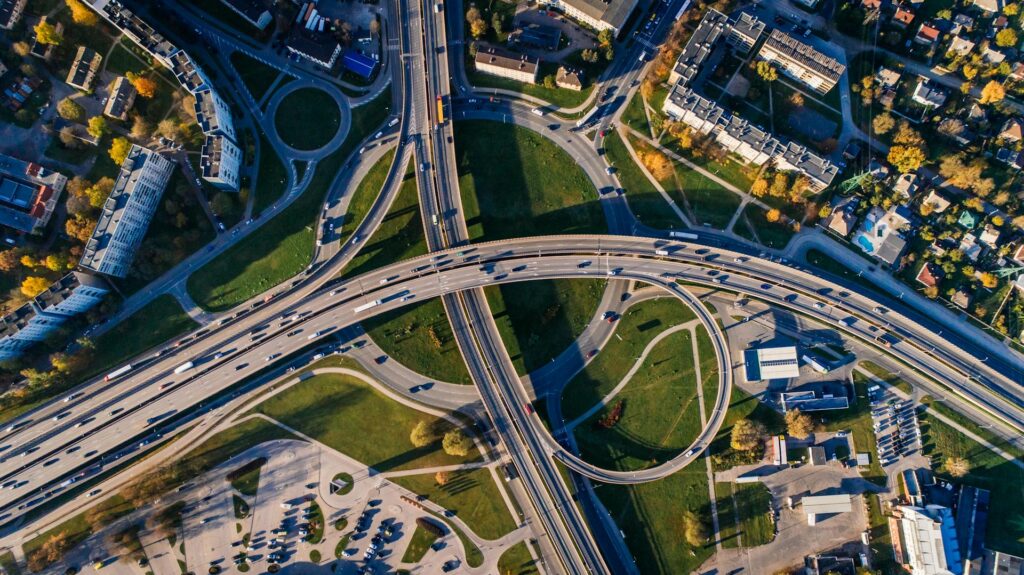What to take on holiday? Tips on how to choose an environmentally friendly means of transport
Solar energy is one of the cleanest energy sources. Read about its operation, advantages and future in the context of global energy.
Summer is a time for holidays, holidays and therefore for journeys big and small. Today, we will talk about those further afield. We go away to relax, to spend free time with family and friends, to pursue our passions. Whatever the reason for our trip, it is important not to forget the planet during this time. Find out which travel options are the most environmentally friendly - and enjoy a holiday in harmony with nature.
When we go on a long journey, our choice usually falls on one of three modes of transport: car, plane or train. But which of these is the most environmentally friendly? The answer is not obvious to everyone.
The greenest modes of transport. A clear leader
According to the EEA 'Transport and environment report 2020', transport in Europe generates almost 25 per cent of total carbon dioxide emissions. More than 70 % of CO2 of transport in Europe is road transport, which includes cars and trucks. Then we have:
- maritime transport: 14 per cent,
- aviation: 12 per cent,
- Rail transport (internal combustion engine train emissions only): 0.4 per cent.
According to the report - and many other sources - the most environmentally friendly form of transport (apart from walking or cycling, of course) is therefore rail travel. Trains produce the least amount of carbon dioxide per person and consume the least amount of energy per litre of petrol.When choosing trains, it is worth opting for electric ones as they have low carbon dioxide emissions per passenger. Interestingly, rail is the only mode of transport that has reduced its overall emissions since 1990, not least by modernising its locomotives.
Planes produce a large amount of pollution, but for longer distances they could compete with trains. The greatest emissions are produced during take-off and landing, so the longer the route, the less pollution per kilometre. Sometimes the use of planes is unavoidable, so it is then worth opting for direct flights with no connecting flights.

Can travelling by car be eco-friendly? Yes, but not with every
Travelling by car is not necessarily a bad option either. While the amount of pollution for a one-person trip is high, which makes it much better to take the train, for four or even five travellers, the amount of pollution per person will already be much lower. If we have the choice, it is of course also worth choosing an electric or hybrid car instead of a petrol or diesel one. Especially the latter - especially the older models - can be very unenvironmental.
Today's world forces us to take care of the environment. Carriers too are trying to understand the need for change. An example of this can be seen in the actions of PKP Intercity in Poland, where 85 per cent of its rolling stock does not emit fumes. Importantly, modern trains such as the Pendolino, PesaDART and FLIRT3 have been built from more environmentally friendly, recyclable materials.
As you can see, green travel is possible. It is worth being fully aware of how our choices affect the environment. The state to which we drive the planet ultimately affects not only our wellbeing, but also our health. By choosing the right means of transport and making simple changes to our habits, we can collectively contribute to improving air quality and protecting our planet.


